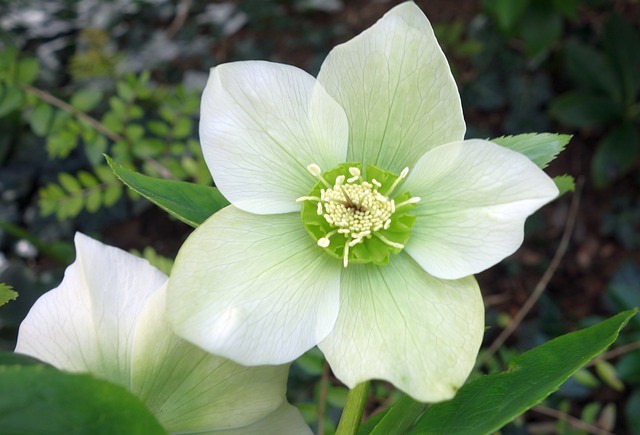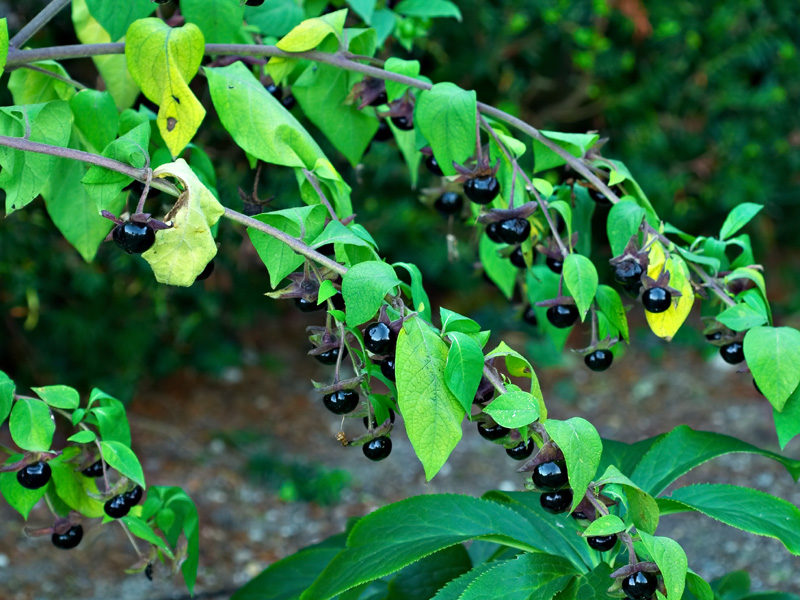While plants and flowers are a great way to decorate, not every plant is safe for your home. We know poison oak shouldn’t be touched, and to keep poinsettias away from our pets, but did you know some of your favorite blooms may have toxic properties as well?
It’s important to err on the side of caution and educate yourself on the harmful effects a poisonous plant or flower can have. Common flowers like heathers, foxgloves and even some of the blooms on our site can have toxic properties. But with ProFlowers, you won’t go without knowing if a plant is poisonous or not. Our packaging includes information on plants and flowers that may be potentially unsafe if ingested.





